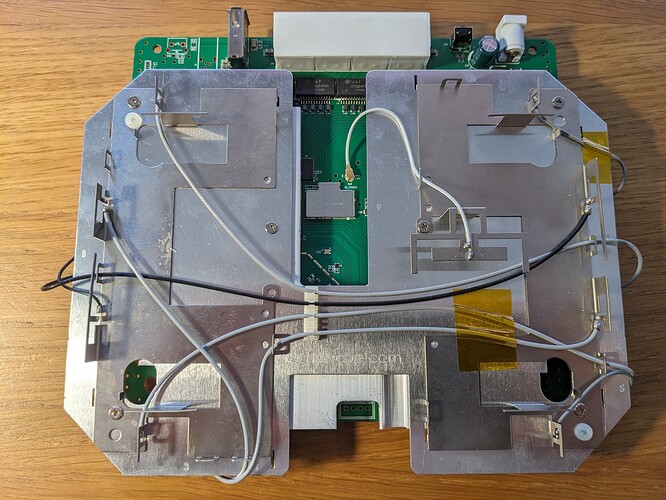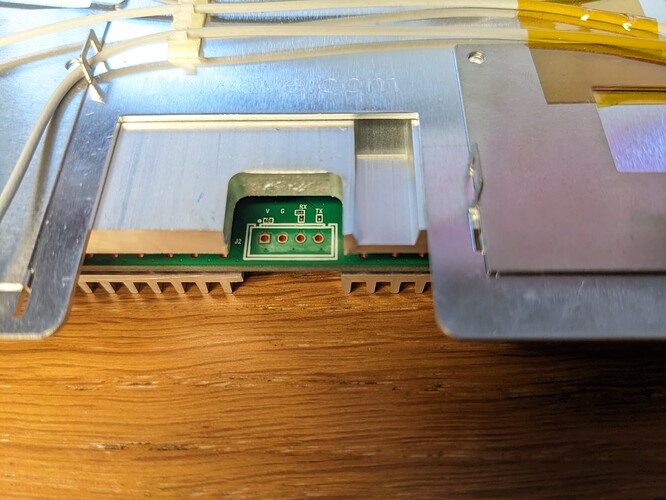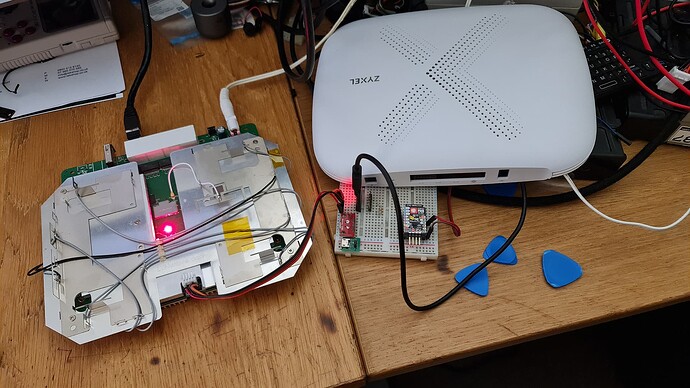Some more useful info for the factory firmware (mainly documenting it for my own sanity):
Security
To be able to get into this thing, you've gotta factory reset it. Once it's up, you can get in with root / 1234 via the serial UART.
An alternative password seems to be the last 6 characters of the serial number + the last 4 digits of the MAC Address on the sticker on the bottom minus 2..
So with the Serial number S180A123456789 and the MAC Address B8ECA3AABB22 the root password would be 456789BB20.
Although this may be moot, once it's booted up and configured, it locks the root user using the typical Linux mechanism of sticking a ! in front of the password in /etc/shadow.
SSH access
This has to be activated on boot every time for now, with a freshly wiped unit, connect up with the UART, log in with root / 1234, plug in an Ethernet cable to the WAN port and then run udhcpc to get an IP.
Next, enable dropbear by running the following;
uci set dropbear.setting.enable=1
uci commit
/etc/init.d/dropbear start
Unlocking u-boot
Interrupt the boot process and then run ATSE WSQ50 (note the caps, WSQ50 should be the hostname as it appears in the command line prompt).
Take the token, pass it through this small bash script and paste the results into the UART terminal:
#!/usr/bin/env bash
ror32() {
echo $(( ($1 >> $2) | (($1 << (32 - $2) & (2**32-1)) ) ))
}
while (true); do
sleep 1
read -p "Enter result of ATSE <HOSTNAME>: " ATSE
v="0x$ATSE"
a="0x${v:2:6}"
b=$(( $a + 0x10F0A563))
c=$(( 0x${v:12:14} & 7 ))
p=$(( $(ror32 $b $c) ^ $a ))
printf "ATEN 1,%X\nATGU\n" $p
done
(I put that in a while loop as I had to do it repeatedly, press ctrl+c once you're done).
Sample boot log
Update
Seems the WSQ50 was happy to tftpboot from a similar devices image (ie. Live / running from RAM); openwrt-23.05.0-ipq40xx-generic-zyxel_nbg6617-initramfs-uImage.itb
I thought I'd just try it based on the fact it's the same SoC and sure enough, it booted up fine and I could get into the Web GUI after faffing with DHCP to get an IP address.
The only thing that didn't immediately work was the wireless adapters, but at least we're one step closer to having a dedicated WSQ50 image 



